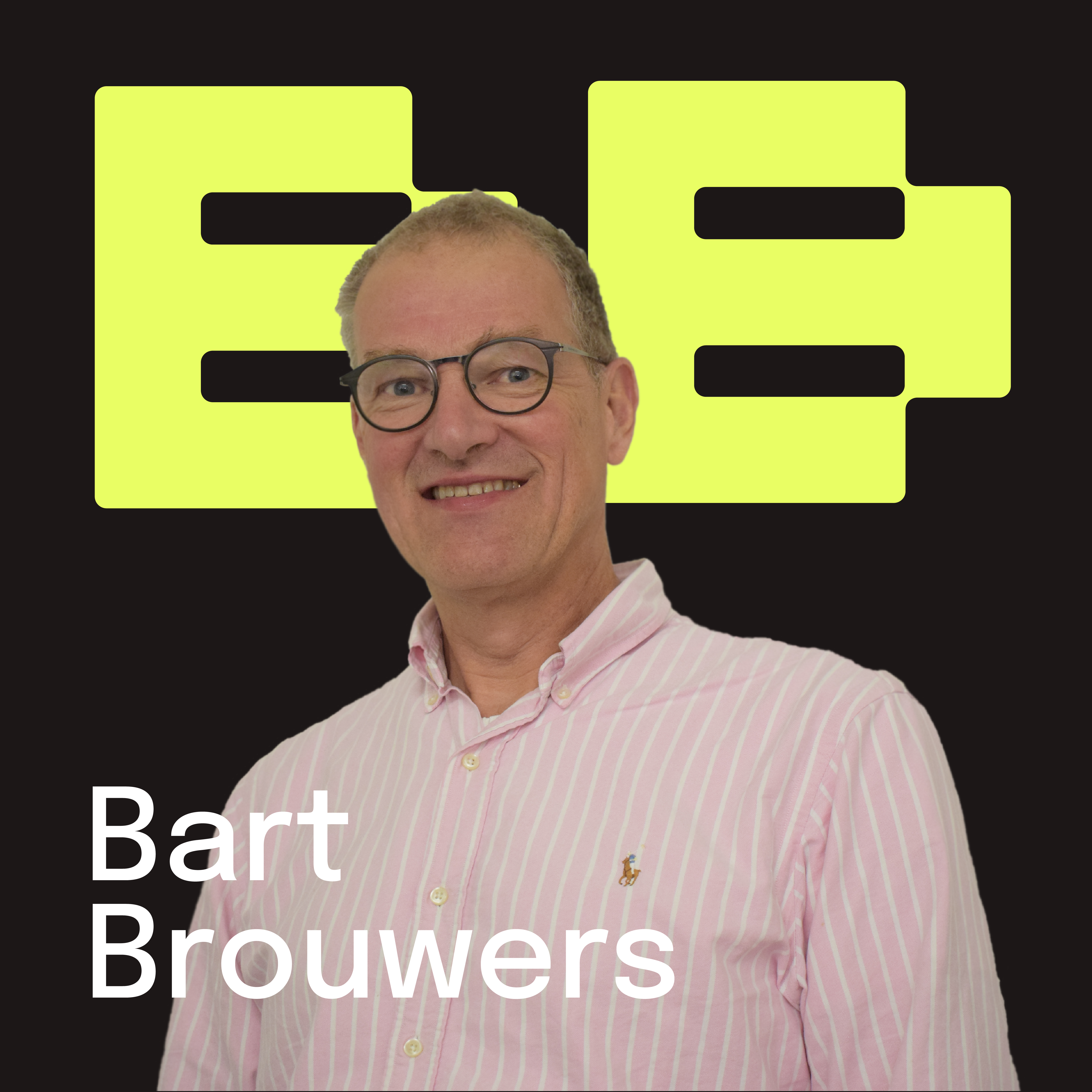The Netherlands must step up its role in the chip industry
Minister Beljaarts: Operation Beethoven was a good start, but it is not nearly enough to make the semiconductor sector future-proof.
Published on June 1, 2025
Bart, co-founder of Media52 and Professor of Journalism oversees IO+, events, and Laio. A journalist at heart, he keeps writing as many stories as possible.
The Netherlands is a global leader in semiconductor technology. Thanks to companies such as ASML and NXP, along with a strong knowledge economy, our country is at the forefront of the chip industry. But that position is under pressure, warns Minister of Economic Affairs Dirk Beljaarts in a letter to parliament last week. International competition is intensifying, geopolitical tensions are escalating, and other countries are investing billions to expand their own semiconductor industries. The minister's message is clear: the Netherlands must invest more quickly to avoid falling behind.
Chips as a strategic hub
Semiconductors are indispensable for virtually all modern technology: from electric cars and medical equipment to artificial intelligence and defense systems. At the same time, chip production is a complex, expensive, and highly concentrated process, primarily located in a handful of countries. The Netherlands plays a key role in this, with high-tech suppliers, chip designers, and world leaders in chip machines. But according to Beljaarts, we are becoming too dependent on others for crucial links in the value chain. “Without extra effort, our R&D position, our earning capacity, and our economic resilience could come under pressure.”
Beethoven as a foundation
A crucial step in the right direction is the Beethoven project, in which the national government, the region, and the sector are jointly investing €2.51 billion to enhance the business climate for the semiconductor industry. Central to this is the Brainport region, home to ASML, the High Tech Campus, and Brainport Industries Campus (BIC), among others. “The growth of this sector requires tens of thousands of additional homes, better accessibility, and significantly more technical talent,” says Beljaarts. By 2030, 62,000 new homes must have been built in the Eindhoven region, accompanied by substantial investments in infrastructure and public transportation.
Work is also being done on the talent side: a reinforcement plan has been established that is expected to result in 38,000 additional technically trained individuals at secondary vocational, higher professional, and university levels. €450 million will be available for this until 2030 alone, followed by a structural contribution of €80 million per year. This should also lead to better cooperation between educational institutions and companies, such as in Brainport, Twente, South Holland, and the Northern Netherlands.
Shaking Europe awake
The urgency extends beyond the Netherlands. Together with eight other EU member states, Beljaarts has established the European Semicon Coalition to act more quickly and decisively. “We cannot wait for a new policy from the European Commission,” says the minister. “We must act now.” The Netherlands is taking the lead in this and is committed to two goals: strengthening Europe's indispensability in the global value chain (think of the unique ASML technology) and expanding production capacity on European territory. The latter is crucial, as only about 10 percent of chip sales currently come from Europe.
Another important initiative is IPCEI-AST, a pan-European innovation program for advanced chip technologies. The Netherlands is coordinating the exploration of this program and, at the same time, exploring how any participation can be financed.
International cooperation and security measures
Because Europe will never be able to cover all links in the chain, the Netherlands is also actively seeking cooperation with countries such as South Korea, Japan, Taiwan, and the United States. Recent partnerships have been established in the areas of innovation, talent, and knowledge exchange, including a Memorandum of Understanding (MoU) with South Korea and Singapore, as well as talent programs with India.
At the same time, security is a concern. Since September 2023, stricter export rules have been in effect in the Netherlands for advanced chip manufacturing equipment due to its potential military applications. “These technologies must not fall into the wrong hands unchecked,” said Beljaarts. The export measures have since been further tightened.
Strengthening national innovation capacity
New steps are also being taken at the national level. For example, a broad consortium of 64 companies from the chip sector has proposed the ChipNL innovation program. This program, which represents a private contribution of €315 million, focuses on chip design, advanced packaging, and production equipment, three Dutch specialties. Co-financing from the government is now also required for implementation. The minister is currently assessing the proposal's feasibility, but emphasizes the urgency of rapid decision-making.
Additionally, there is close cooperation with the Ministry of Defense, which considers semiconductors to be a crucial technology for future-proof armed forces. Smart sensors, quantum technology, and AI - they all depend on advanced chips. By continuing to invest in this technology, the Netherlands can maintain its lead and contribute to European defense ambitions.
Sector agenda in the making
To ensure that all these initiatives are appropriately implemented, the Semicon Board Netherlands was established in early 2025. This is an advisory platform with representatives from leading companies (ASML, NXP, VDL), knowledge institutions, and relevant ministries. They are working together on a sector agenda that will lay the foundations for a competitive and sustainable semiconductor industry towards 2035.
Minister Beljaarts concludes his letter with a clear warning and promise: “Maintaining our leading position is by no means a given. But if we press ahead now, we can secure our earning capacity, our strategic autonomy, and our resilience.”



